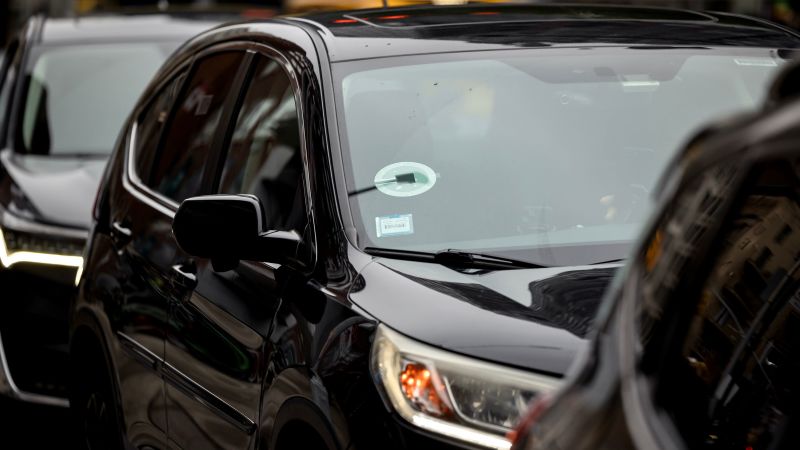Uber, the well-known ride-hailing service, is set to introduce an innovative initiative named “Route Share,” which is designed to cater to the needs of budget-conscious commuters. This new service will operate similarly to a carpool, making it feasible for riders looking to save on their travel costs while providing a level of convenience and efficiency. Targeting those who frequently commute, Uber aims to provide a reliable and cost-effective alternative to traditional rides.
The functionality of Route Share resembles that of a commuter shuttle service, offering “consistent and frequent pickup options along direct routes.” It is scheduled to operate every 20 minutes during the peak hours of 6 to 10 a.m. and 4 to 8 p.m. on weekdays. This structure is designed to optimize the commuting experience by reducing wait times and ensuring that commuters can receive timely transportation.
Users of the Route Share service will need to walk a “short distance” to specified pickup and drop-off locations. Uber has indicated that commuters may share their ride with up to two other passengers, facilitating a communal experience that not only promotes social interaction but also helps reduce individual travel expenses. Initially, the service will be launched in seven major metropolitan areas, including prominent cities such as New York City, San Francisco, and Chicago, with plans to extend the service nationwide in the future.
One of the standout features of Route Share is its affordability. Uber claims that this new offering can save commuters up to an astonishing 50% when compared to the cost of the private-ride UberX service. This is substantially more than the current savings provided by the UberPool option, which averages around 20%. By introducing Route Share, Uber is not just expanding its service offerings but is also focusing on providing significant financial relief to its users.
In conjunction with the introduction of Route Share, Uber is launching two additional ride passes designed to further alleviate the cost burden on riders. The Price Lock Pass, available for $2.99 per month, allows users to lock in a fare for up to ten designated routes in advance. There is also a forthcoming Prepaid Pass slated for release in the summer, which will offer discounts when riders pre-purchase bundles of rides ranging from five to twenty trips.
These initiatives were announced just a week after Uber’s quarterly earnings call, during which CEO Dara Khosrowshahi emphasized the company’s commitment to supporting price-sensitive riders while maximizing usage during busy commute periods. This strategic direction highlights Uber’s recognition of the changing dynamics of urban transportation and the need to remain competitive with public transit options.
Additionally, the new features support Uber’s broader goal of enhancing its service provisions tailored to the needs of urban commuters. By diversifying its offerings to include competitive alternatives to public transportation, Uber is positioning itself to retain its relevance among city dwellers who rely heavily on effective and affordable commuting solutions.
On another front, Uber is also aiming to broaden its reach in suburban areas with features such as Uber Reserve. This allows passengers to schedule rides up to 90 days in advance, which has proven appealing to suburban customers. Recent developments suggest that these customers are increasingly relying on Reserve as their primary means of utilizing Uber.
For city residents, the Route Share service will allow for great flexibility, enabling them to book rides anywhere from ten minutes to seven days ahead of time. Moreover, Uber is exploring partnerships that would allow employees to use this service for pretax commuter benefits, which could significantly increase its attractiveness to the traditional 9-to-5 workforce.
The introduction of Route Share builds upon Uber’s previous cost-effective efforts, such as Uber Shuttle, which allows users to book multiple seats for group travel, particularly beneficial for events or airports at discounted prices. This launch comes at a critical time as consumer confidence has seen a decline, marking levels not seen since May 2020, indicating that many commuters are likely seeking more economical transportation options. In summary, with these efforts, Uber is not only addressing the financial needs of its users but is also strategically positioning itself to thrive in the evolving landscape of urban transportation.



